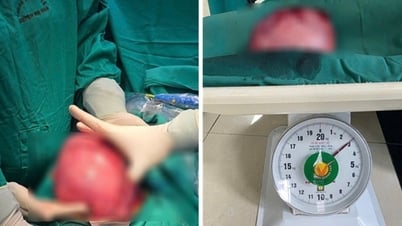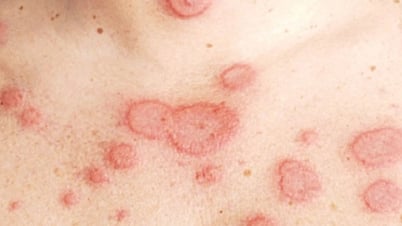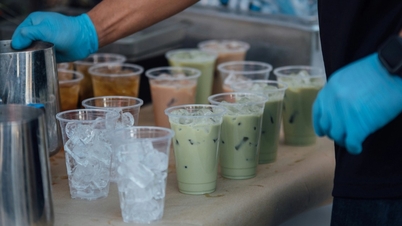According to The Conversation, microplastics - extremely small pieces of plastic ranging from 5 millimeters to 100 nanometers in diameter - are flooding the oceans and entering the bodies of marine life. This means that microplastics are entering the food chain and eventually entering the human body.

Microplastics are entering the food chain and entering the human body. (Photo: Unsplash).
A typical serving of mussels for consumers in Europe can contain around 90 microplastic particles. Microplastic consumption varies by country and generation, but regular mussel eaters could consume up to 11,000 microplastic particles per year.
It is difficult to determine how much microplastic people consume from fish. Most studies to date have only analysed the stomachs and intestines of fish – parts that are usually discarded before cooking. However, one study found microplastics in the livers of fish, suggesting that microplastic particles can move from the digestive system to other parts of the body.
Microplastics have also been found in canned fish. The amounts detected are quite low. The average consumer may only ingest about 5 microplastic particles from a serving of fish this way.
Another marine food source that contains microplastics is sea salt. One kilogram of salt can contain more than 600 microplastic particles. If you consume the maximum recommended daily intake of salt of 5 grams, that means you will be consuming about 3 microplastic particles per day.
Some studies also suggest that much of the microplastics in human food likely come from non-marine sources. Land animals also ingest microplastics.
A study of backyard chickens in Mexico found that each chicken gizzard could contain an average of 10 microplastic particles.
Scientists have also found microplastics in honey and beer. People may be swallowing dozens of microplastic particles with every bottle of beer they drink.
Additionally, the largest source of microplastics consumed by humans is bottled water. Researchers tested a variety of glass and plastic bottles and found microplastics in most samples.
Single-use plastic water bottles contained 2–44 microplastic particles per litre, while reusable bottles (designed for bottle collection systems) contained 28–241 microplastic particles per litre.
These microplastics come from packaging, which means that every time you fill up a plastic bottle to “reduce waste,” you could actually be introducing more microplastics into your body.
There is also evidence that microplastics in food come from household dust. A recent study estimated that people could be consuming up to 70,000 microplastic particles a year just from dust that lands on their dinner plates.
Source: https://dantri.com.vn/suc-khoe/vi-nhua-trong-thuc-pham-hiem-hoa-vo-hinh-tu-nhung-thu-quen-thuoc-20250601172235868.htm
































































































Comment (0)